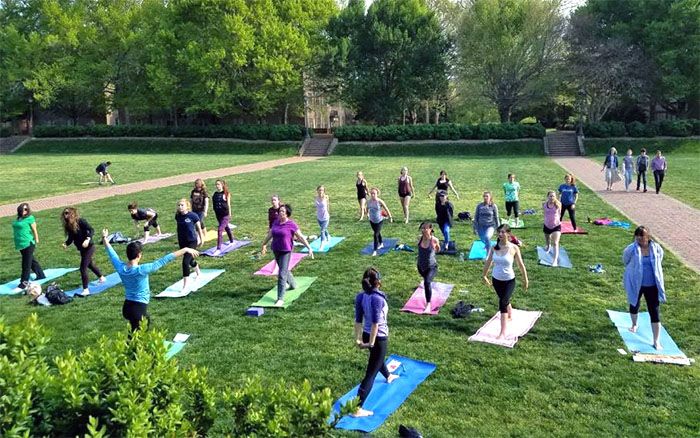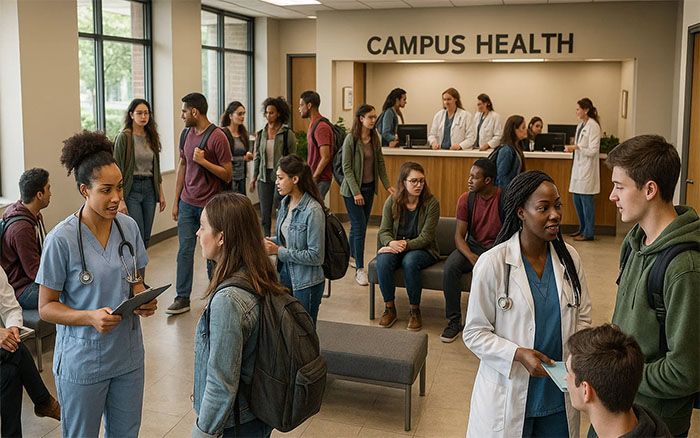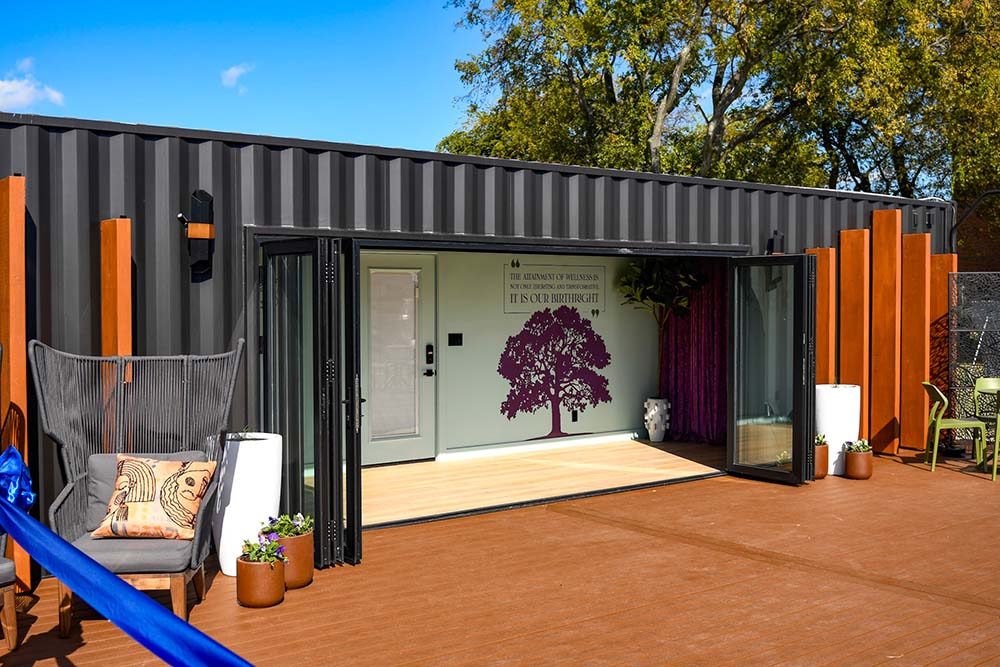Building a Strong Off-Campus Referral Network
When Campus Counseling Isn’t Enough: Building a Strong Off-Campus Referral Network
Guest post by: ThrivingCampus
College counseling centers are under growing pressure to meet increasing student demand with limited resources. Many are finding success by strengthening their off-campus referral networks and offering students both in-person and telehealth options.
Let’s explore how schools are blending trusted local relationships with broader access to create a more connected system of care.
Students and schools anywhere can also use ThrivingCampus.com to search for verified local and telehealth providers, helping make access to quality care more equitable and consistent across communities.
From Local Referrals to Remote Care and Back Again
Before the pandemic, most counseling centers referred students to local therapists they knew well. These community-based relationships ensured a good fit, smoother coordination, and trusted communication.
When COVID-19 hit, everything changed. Almost overnight, therapy moved online. Students began meeting with providers remotely, sometimes their local therapists, but also a growing number of national telehealth companies. The shift expanded access, but often distanced students from providers who understood their campus and community context.
Now, recent data show the pendulum swinging back. According to the 2024 CCMH Annual Report, exclusive in-person counseling sessions rose to 63.7% in 2024, up from just 1.7% in 2020, and about a quarter of students now receive hybrid care. Nearly nine in ten students are getting at least some in-person therapy today.
Students value face-to-face connection, yet they also want the flexibility to find a therapist who shares their language, identity, or lived experience, even if that means working online.
Filter for in-person and hybrid options first, then expand to telehealth to find the right fit.
With ThrivingCampus, schools can offer both: the familiarity of community-based referrals and the reach of telehealth within one continuously updated platform.
Students Are More Therapy-Literate, but Still Need Guidance
Today’s students are more familiar with therapy than ever before. Many have already worked with a private therapist before college, often through telehealth during high school or early college years. They understand what therapy is and why it helps.
Still, finding and contacting a new therapist can be difficult. Students often wonder what to say in an email, how to ask about insurance, or what to do if they do not hear back.
The ThrivingCampus Help Center provides clear, student-friendly guides about how to find a therapist, understand insurance, and reach out for an appointment. These resources help bridge the gap between motivation and action.
Clinic admins or case managers can also create custom referral lists to facilitate a warm handoff.
Staff can build tailored lists for individual students or specific needs, helping referrals feel as personal and supported as those made through long-standing community relationships.
Helping Counseling Centers Do More with Less
Counseling centers continue to face the same challenge: increasing demand, complex student needs, and limited budgets. Building a strong off-campus referral network helps staff connect students to care efficiently while maintaining a focus on quality and fit.
With ThrivingCampus, schools can maintain a current, searchable directory of community-based and telehealth providers who work well with college students. Staff can share lists, manage referrals, and track preferred providers, all in one place.
Counseling teams can note which therapists work especially well with specific student communities or address certain presenting concerns, or those who have established long-standing partnerships with the counseling center. Provider details and availability stay current, saving time for both staff and students.
Part of a Connected Ecosystem
For most institutions, technology works best when it complements existing systems. Many colleges use platforms like Medicat to manage health and counseling workflows. ThrivingCampus fits alongside those systems by extending support beyond campus and helping students connect with verified, independent providers in their communities.
Staff can export a referral or PDF summary from ThrivingCampus to store in Medicat, ensuring continuity of care and better recordkeeping. Together, these tools streamline operations, reduce friction for students, and strengthen outcomes.
Key Takeaways
The most effective campus mental health strategies combine community, technology, and collaboration.
ThrivingCampus helps counseling centers extend their reach beyond campus walls by connecting students with trusted, independent therapists who understand both the local community and the needs of college students. Students and schools everywhere can also use ThrivingCampus.com to search for providers directly, supporting care access far beyond partner campuses.
Together, tools like Medicat and ThrivingCampus create a connected, student-centered ecosystem that makes it easier for staff to support students wherever they seek care.


















